Mitigating Casting Deformation: A Comprehensive Analysis of Causes and Remedial Measures
Author: SAIVS Date Published: Sep 18,2023
Casting deformation refers to the distortion or undesired shape changes that can occur during the casting process. It can be caused by a variety of factors and can result in defective castings. To minimize casting deformation, it's important to understand its causes and implement appropriate solutions. Here are some common causes of casting deformation and their solutions:
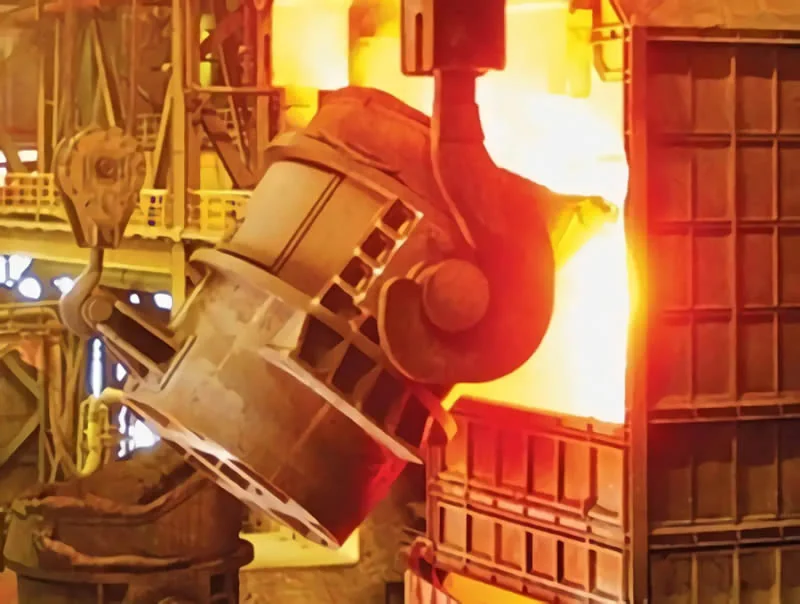
1. Thermal Stresses:
- Cause: Temperature gradients within the casting during cooling can lead to differential contraction and thermal stresses.
- Solution:
- Use proper mold materials and insulation to control the cooling rate.
- Employ a controlled cooling process, such as controlled cooling chambers or controlled atmosphere casting.
- Preheat the mold to reduce thermal gradients.
2. Inadequate Mold design:
- Cause: Poor mold design can lead to uneven cooling and deformation.
- Solution:
- Design molds with uniform wall thickness and proper gating and riser systems.
- Ensure the mold has sufficient rigidity to resist deformation.
3. Inadequate Cooling:
- Cause: Insufficient cooling can result in uneven cooling rates, leading to deformation.
- Solution:
- Use cooling channels in the mold to control the cooling rate.
- Employ cooling fans or sprays to enhance heat dissipation.
4. Metal shrinkage:
- Cause: As the molten metal solidifies, it shrinks, which can cause deformation if not properly managed.
- Solution:
- Use risers (feeders) to provide additional molten metal to compensate for shrinkage.
- Select alloys with lower shrinkage rates.
- Employ proper gating systems to minimize turbulence and ensure even filling.
5. Core Shift:
- Cause: Movement or displacement of cores within the mold during casting.
- Solution:
- Use core supports and proper core placement techniques.
- Implement stringent Quality Control measures to detect core shifts early.
6. Mold Alignment:
- Cause: Misalignment of mold halves can result in casting distortion.
- Solution:
- Ensure precise alignment of mold halves and use alignment pins.
- Regularly maintain and inspect the mold for wear and damage.
7. Residual Stress:
- Cause: Residual stresses from the casting process can cause distortion during cooling.
- Solution:
- Heat treatment or stress relief annealing can help reduce residual stresses.
- Control cooling rates to minimize stress build-up.
8. Inadequate Support:
- Cause: Insufficient support for the casting during cooling can lead to deformation.
- Solution:
- Use support fixtures or chills to support the casting in critical areas.
- Employ proper handling and support during post-casting processes.
9. Inadequate Foundry Practices:
- Cause: Poor foundry practices and lack of process control can contribute to deformation.
- Solution:
- Implement quality control procedures and best practices.
- Train personnel in proper casting techniques and process control.
10. Material Selection:
- Cause: The choice of casting material can impact its susceptibility to deformation.
- Solution:
- Select materials with properties that match the intended application and minimize deformation risks.
To minimize casting deformation, it's essential to consider these factors during the design and production phases and to continually monitor and adjust processes to ensure high-quality castings. Proper training, quality control, and a focus on process optimization are key elements in preventing casting deformation.
Why Choose SAIVS™ as Your Supplier?
1.Superb Quality Control Management
At SAIVS, we take pride in our perfect quality management systems and procedures, which guarantees the excellent performance of all our producs, being a professional Investment Casting | Die Casting| Sand Castingmanufacturer in China.
2.Rich Production Experience
With 20 years of experience in production, SAIVS has a deep understanding of the market and trends, and strives for continuous research and innovation. This has created advantages in both the product's performance and appearance.
3.Competitive Prices
As a Chinese factory committed to becoming the most cost-effective Investment Casting | Die Casting| Sand Castingexporter in China, SAIVS provides high-quality products at advantageous prices. By lowering costs and increasing efficiency, we ensure that our customers receive the best possible value for their investment.
4.Perfect After-sales Service
At SAIVS, we strive to provide superior customer service that meets and exceeds expectations. We are always available for any questions or concerns you may have, and we stand by our commitment to providing excellent after-sales support.
Related Posts
-
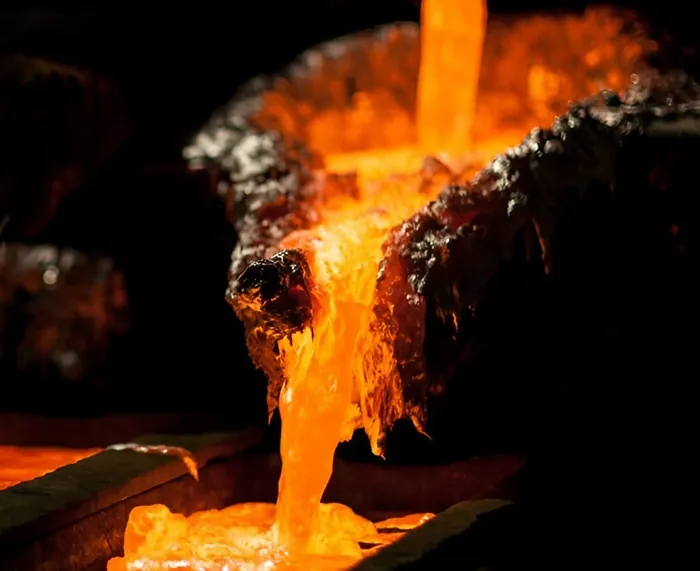
How to Reduce Aluminum Casting Costs
Discover how to reduce costs in aluminum casting with this comprehensive guide. Learn about design for manufacturability, alloy selection, process optimization,...
-
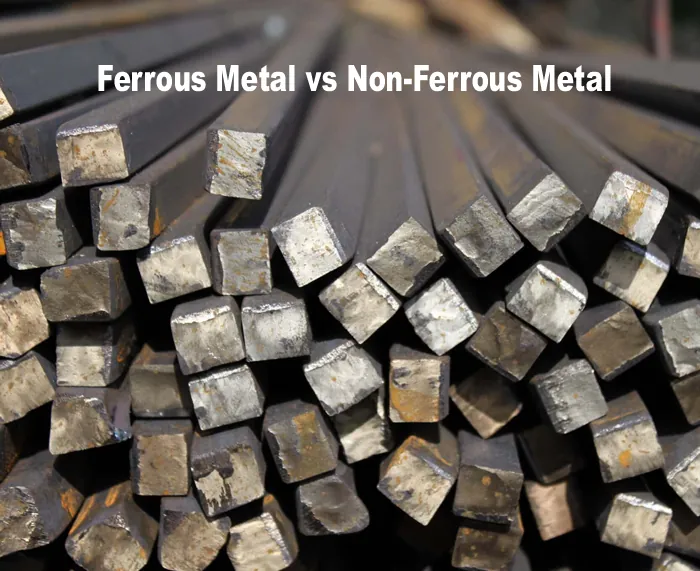
From Iron Alloys to Aluminum Alloys: Understanding the World of Ferrous and Non-Ferrous Metals
Delve into the world of metals with this comprehensive guide to ferrous and non-ferrous metals. Explore their properties, applications, and key differences.
-
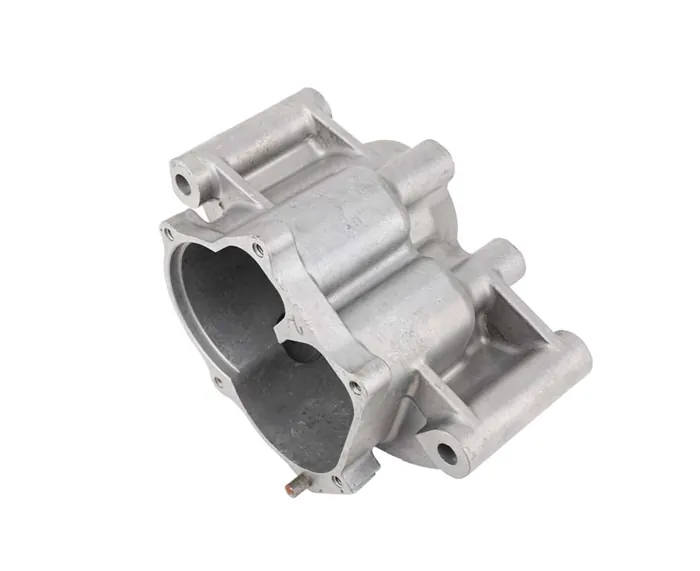
Unveiling The Secrets Of Stainless Steel Gearboxes
About the definition, advantages, and maintenance of steel gearbox products.
-
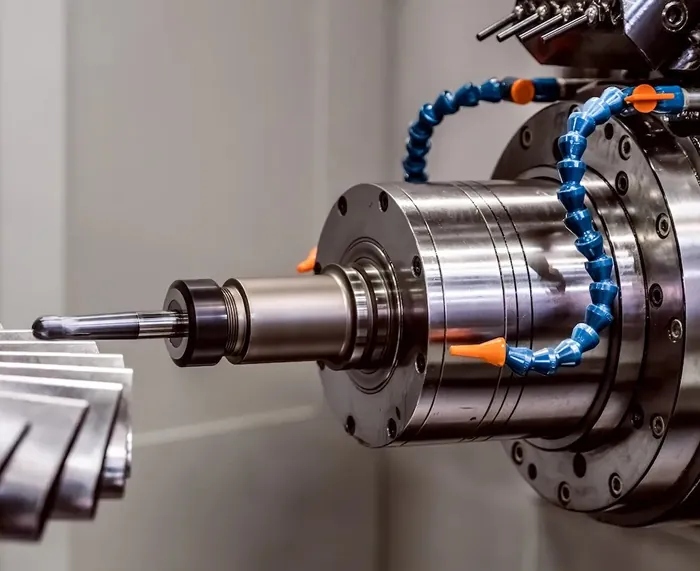
Die cast product design: 3 considerations
Die casting is a manufacturing process used to produce metalcomponents with high precision and efficiency. It involves injecting molten metal into a die, which ...
-
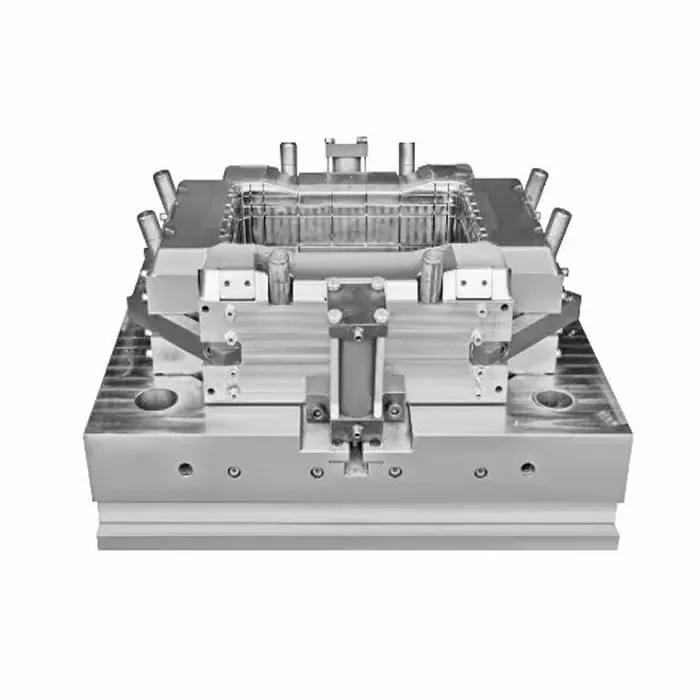
Common problems, causes and solutions of die casting mould
1. Ejector Pin IssuesCommon Issues:Ejector pin jams or breaksPointed position of the ejector pinMaterial build-up at the ejector pin siteDeep or excessive
-
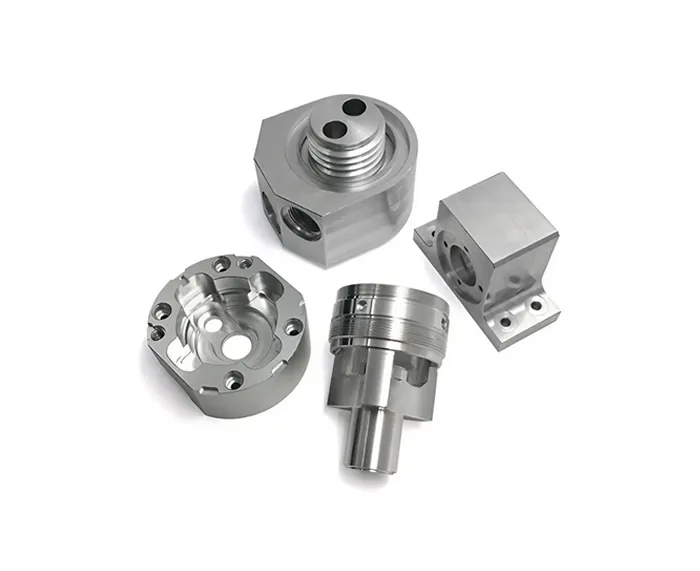
Experience the SAIVS Difference in CNC Machining Excellence
IntroductionCNC machining, or computer numerical control machining, is a process that uses computer-controlled tools to cut or shape materials. CNC machining is...

